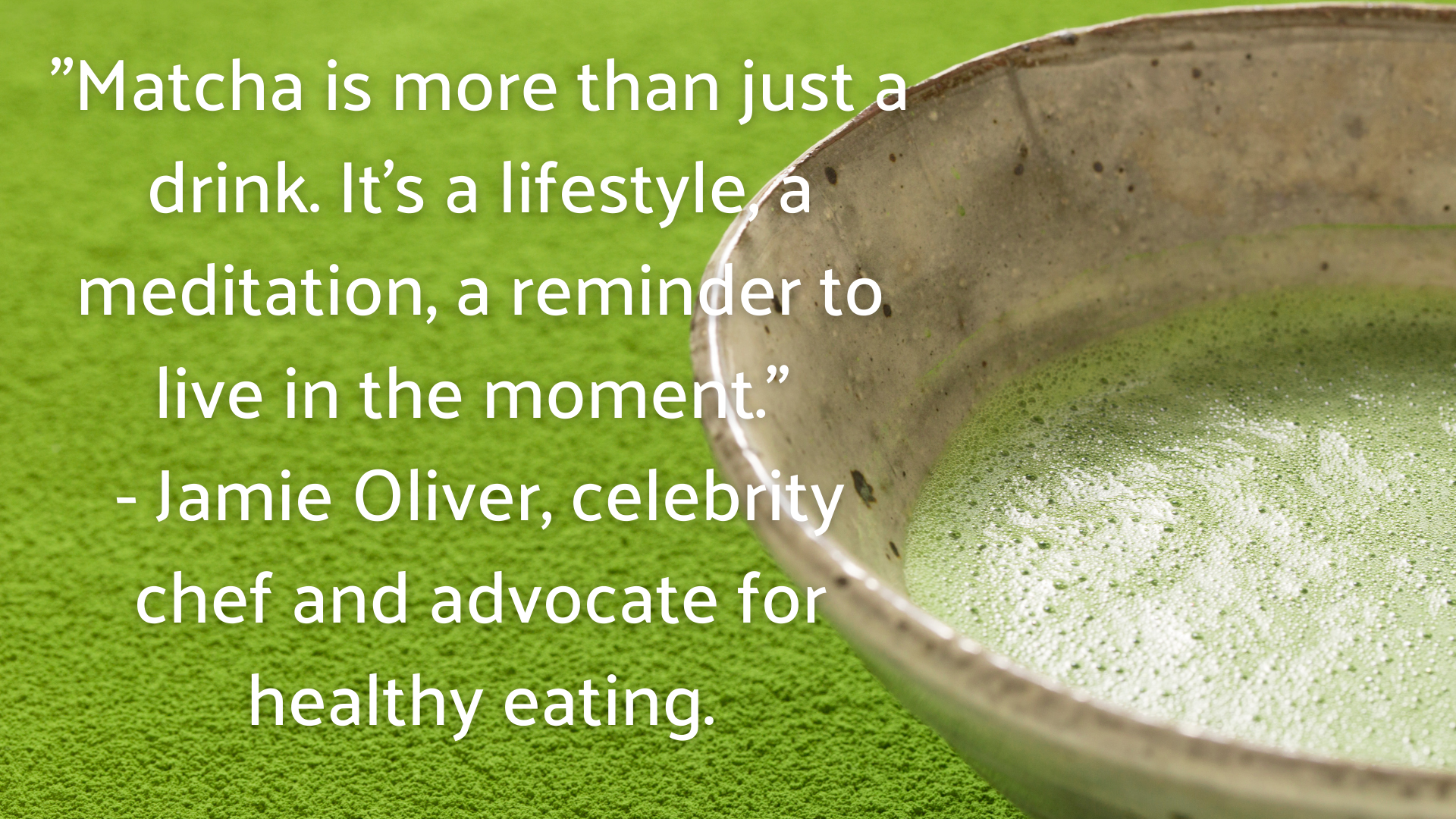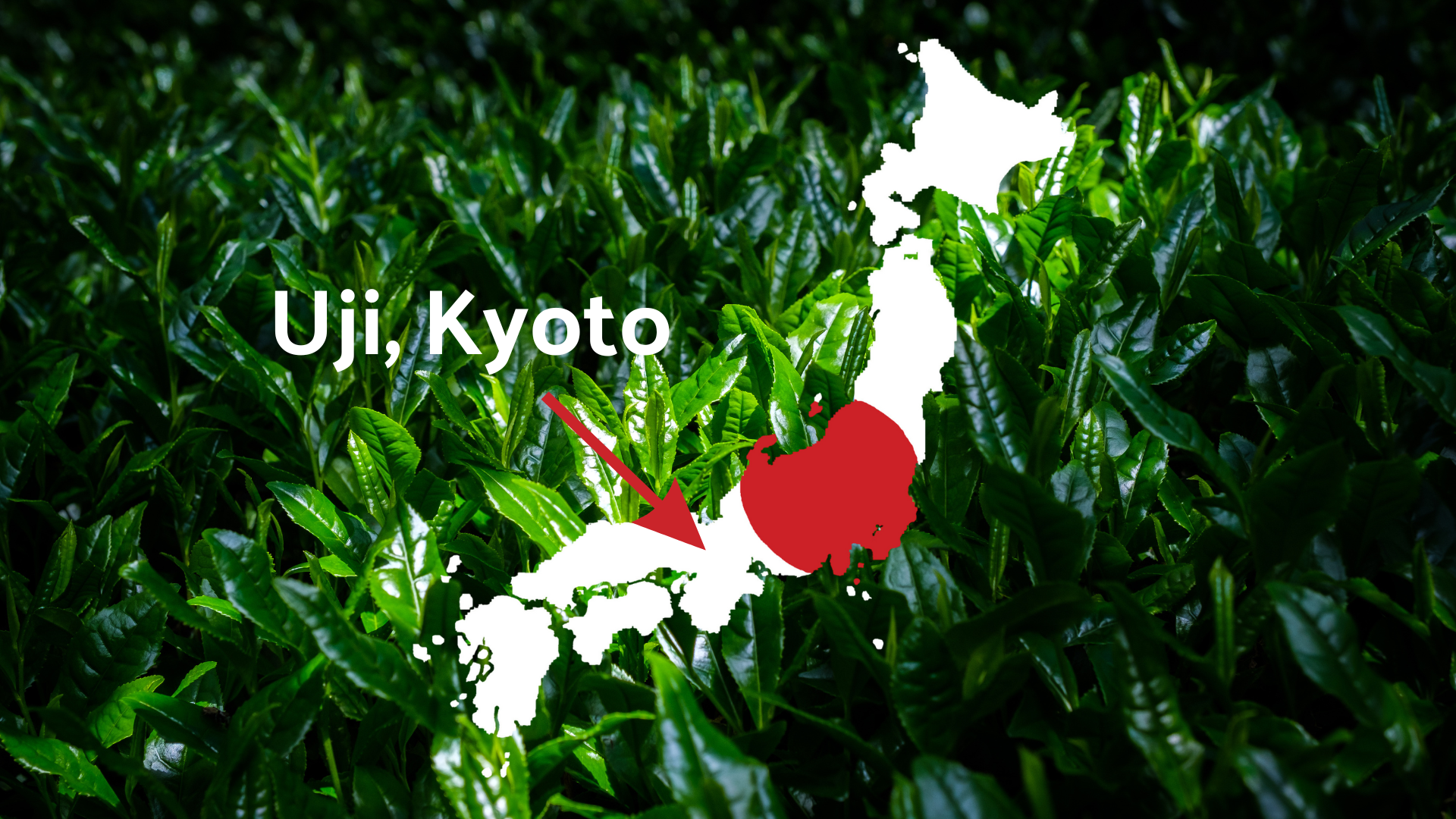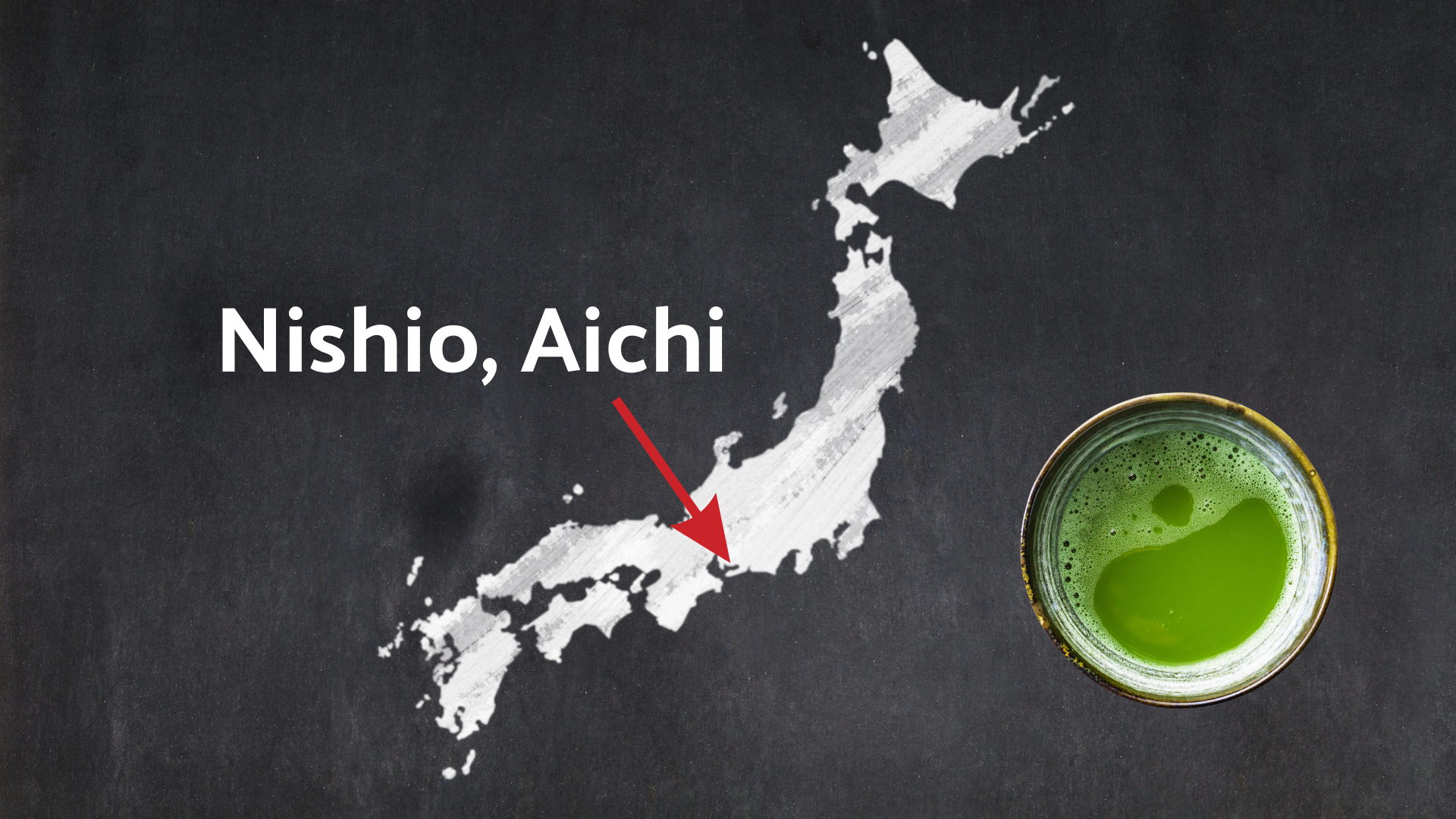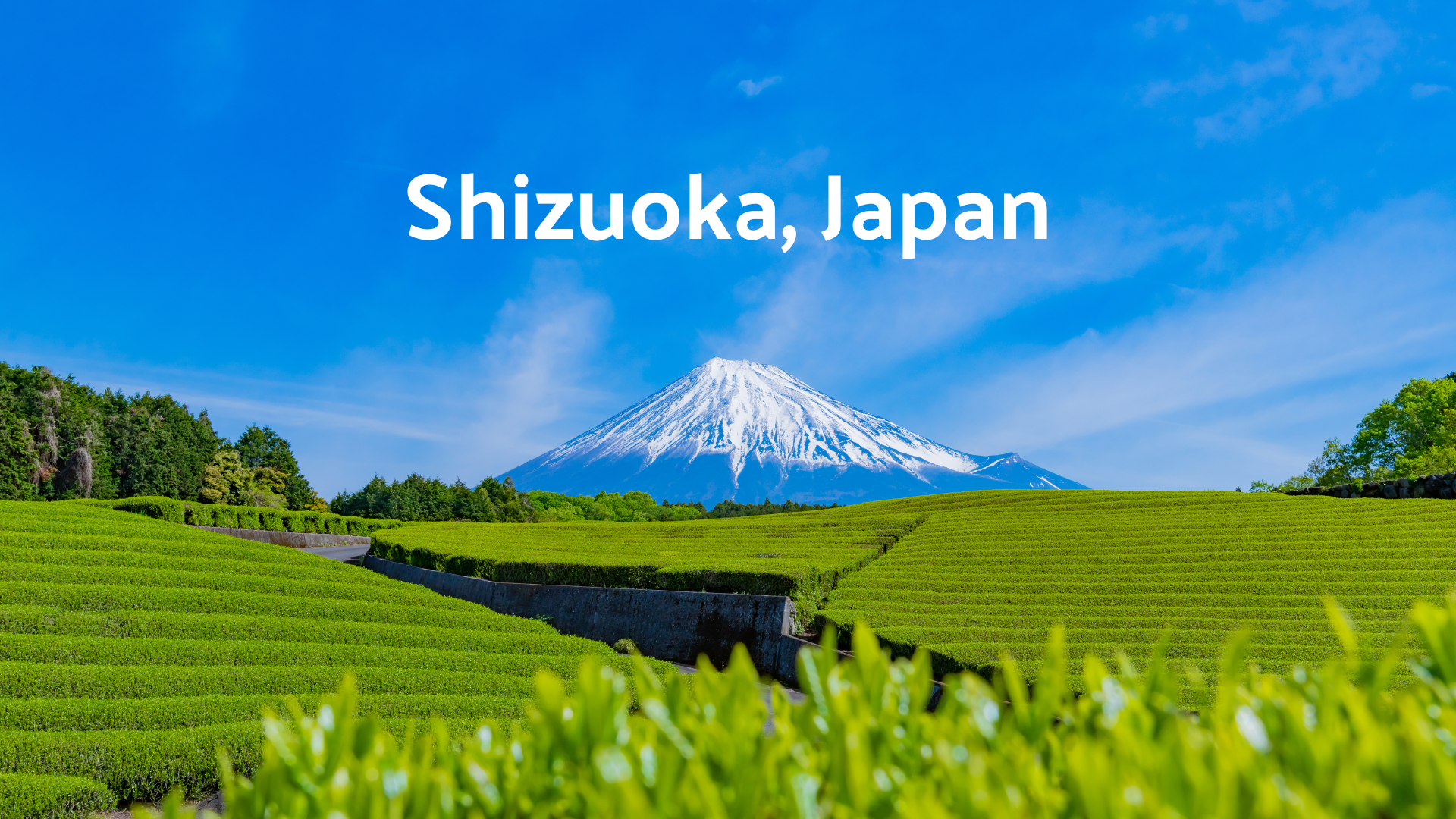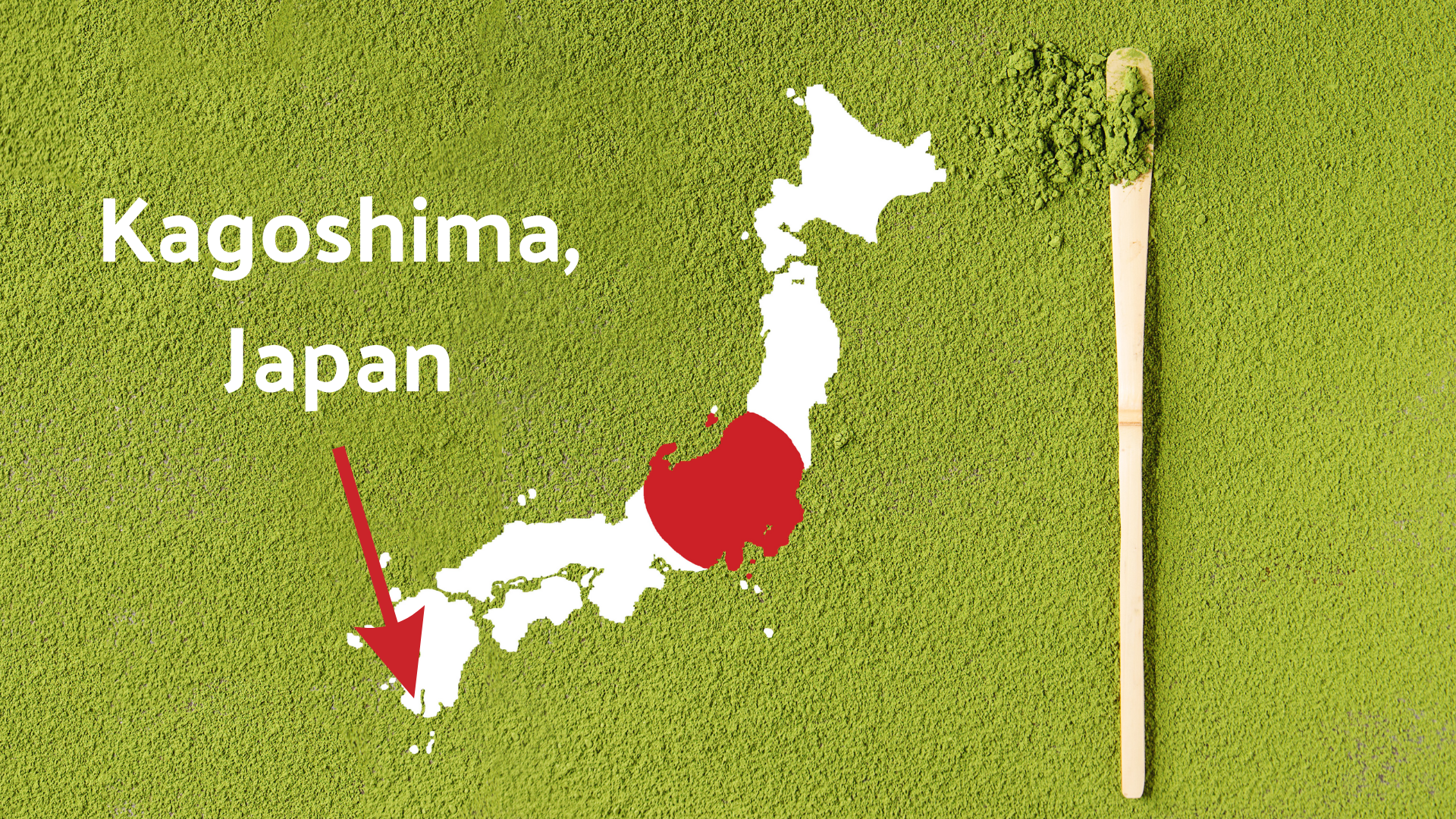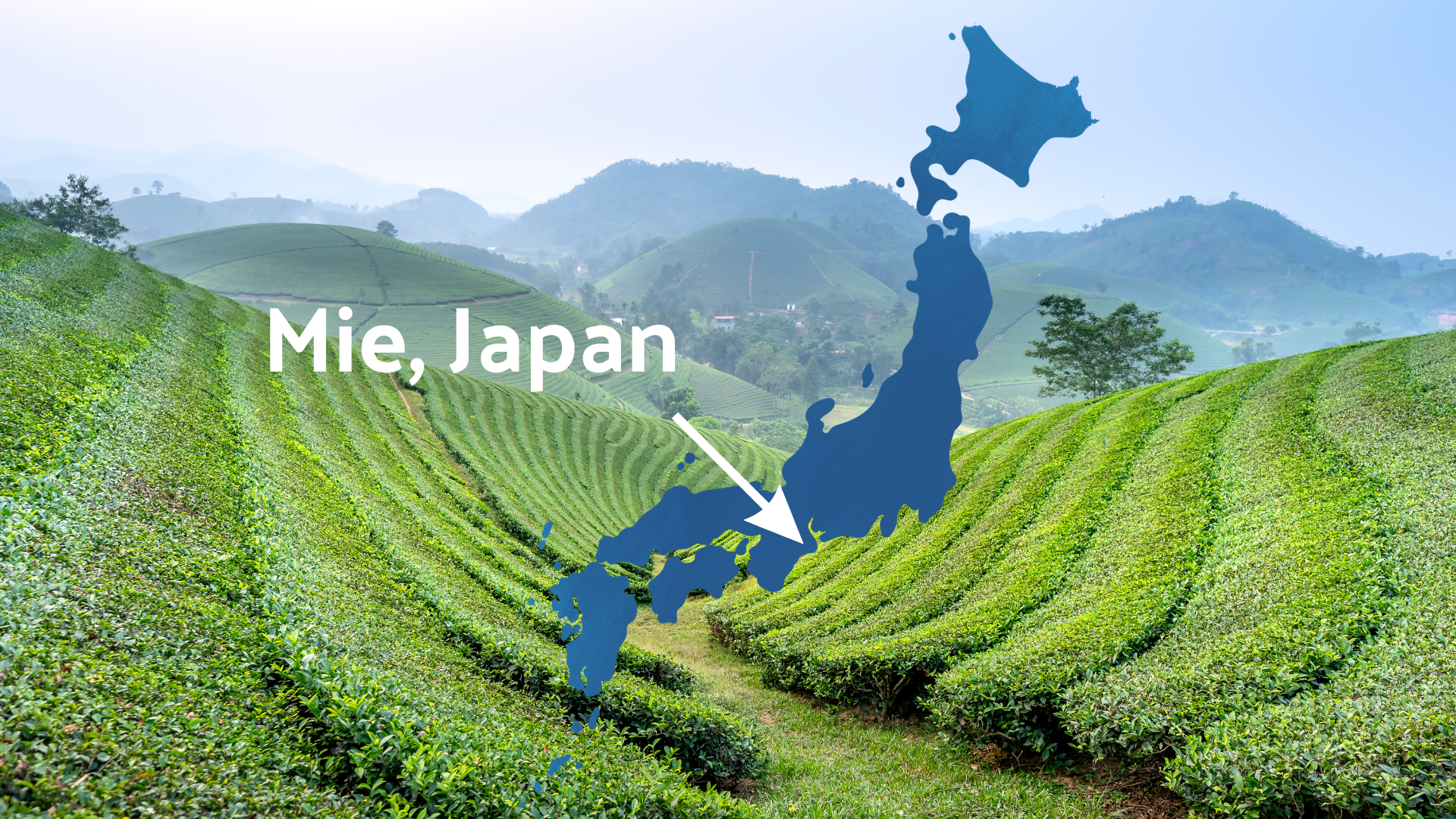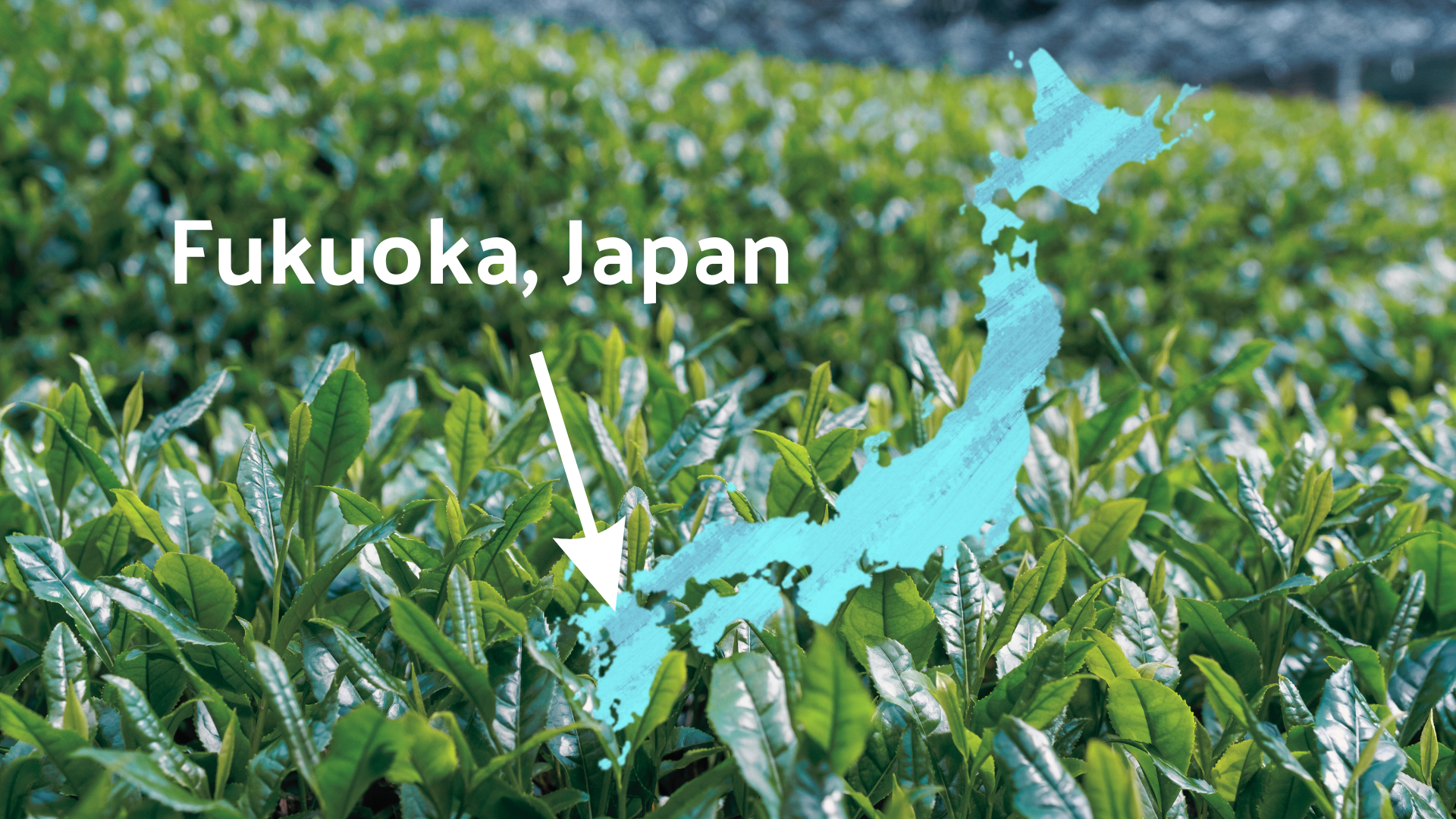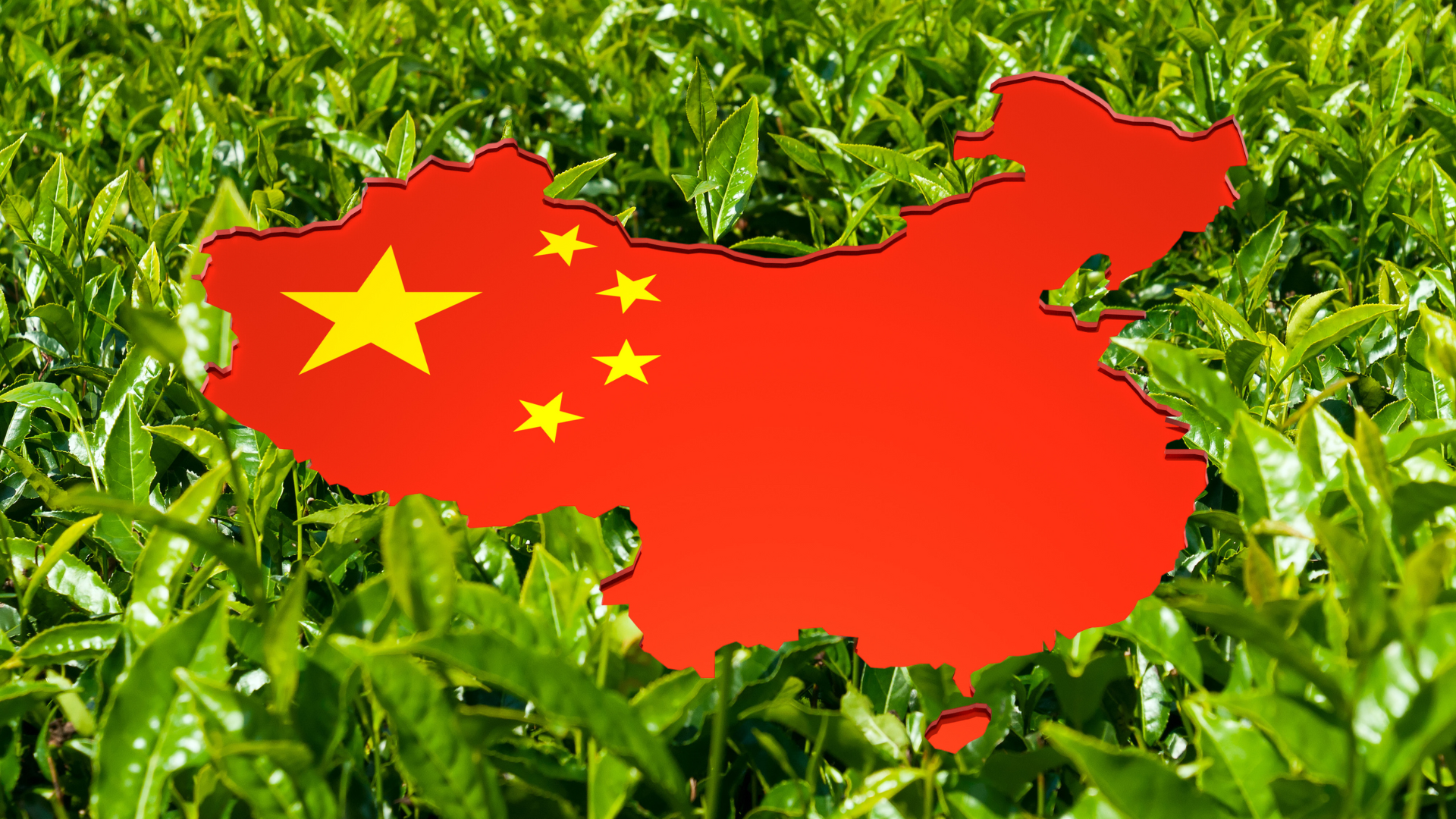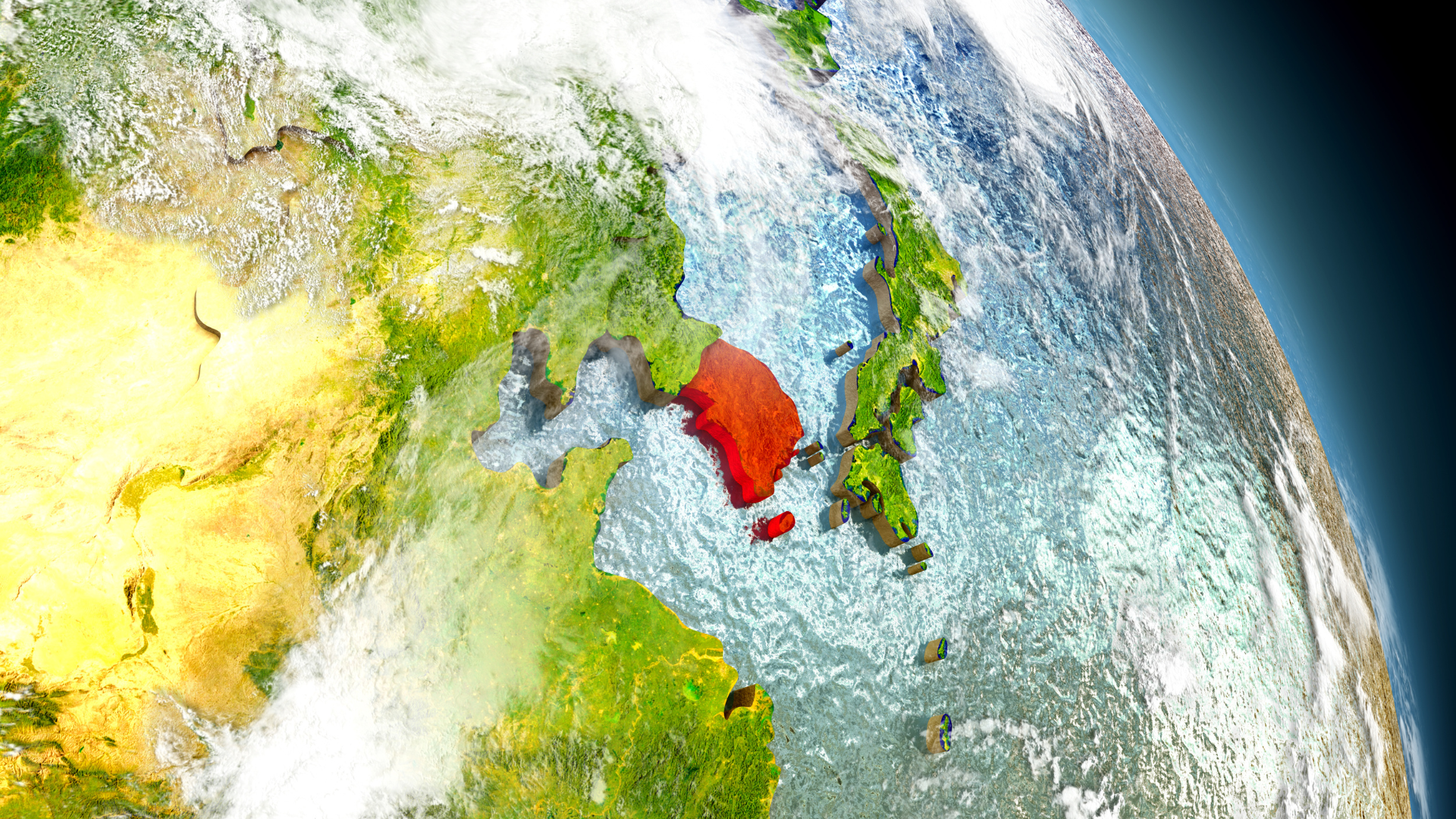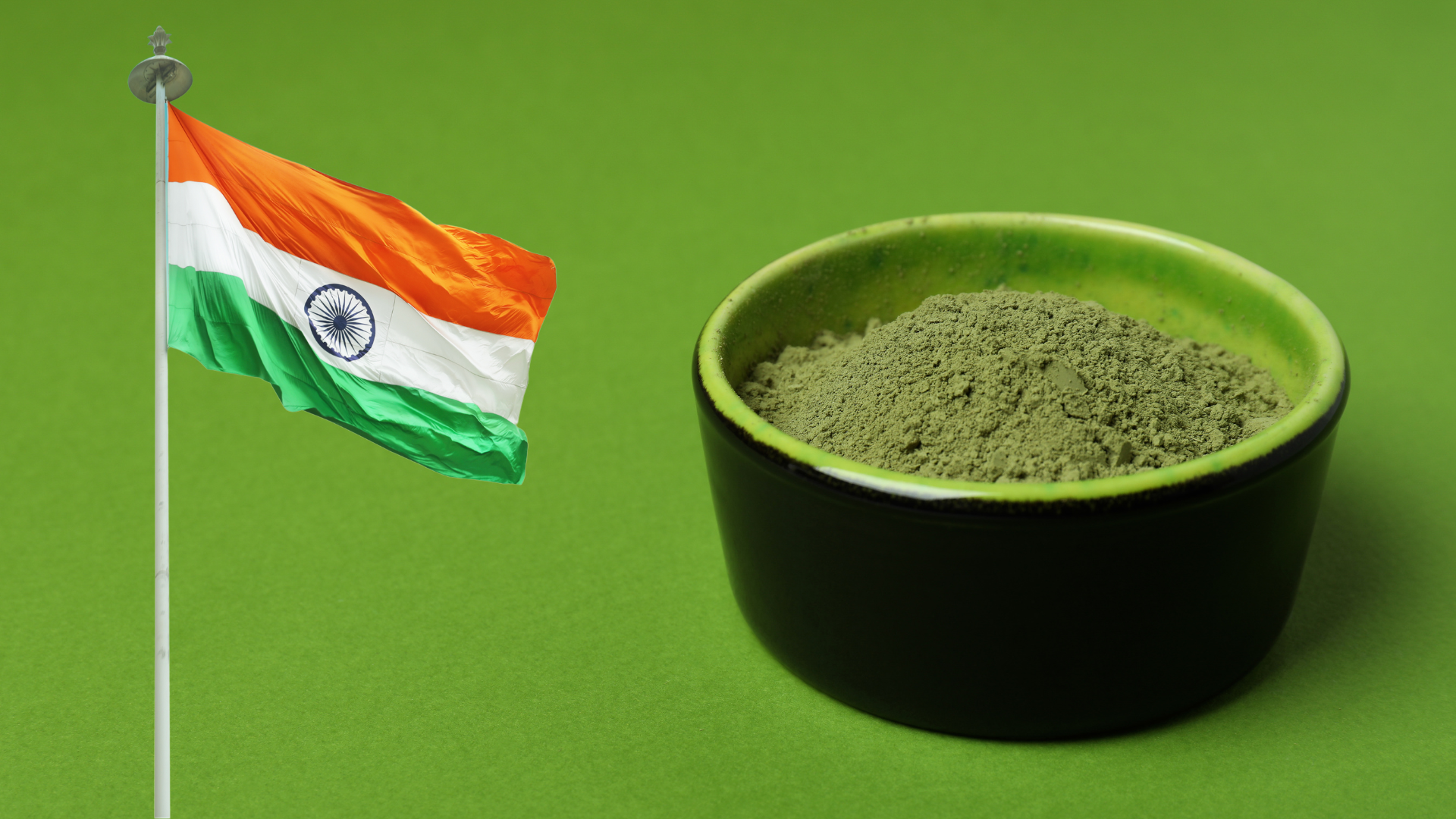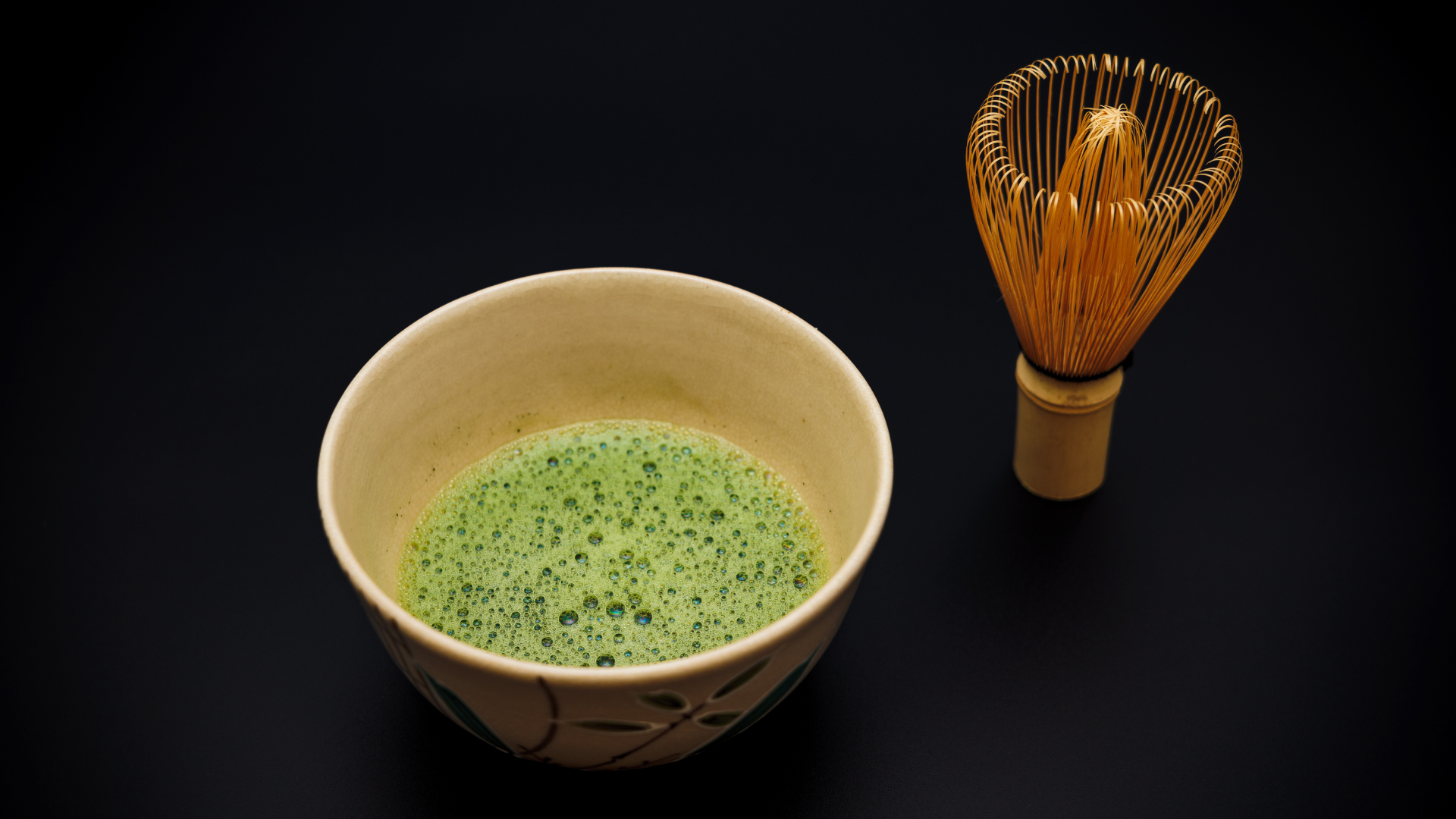
Where Does Matcha Come From?
Welcome to the vibrant world of matcha, a universe painted in the most exquisite shades of green. Our journey begins in the heartland of matcha production, Japan, and takes us across the globe, exploring the unique characteristics of matcha from different regions. As we embark on this journey, one thing becomes clear - while matcha may be produced worldwide, the superiority of Japanese Matcha Tea is unrivaled.
"In the world of tea, matcha is a Picasso, a timeless masterpiece." - Sen Sōshitsu, Grand Tea Master of the Urasenke Tea School.
Uji, Kyoto: The Uncontested Champion of Matcha Production
Uji, a city nestled in the heart of Kyoto Prefecture, is the undisputed champion of matcha production. The Uji region, with its misty climate and fertile soil, is renowned for producing the best Japanese matcha, often referred to as Uji Matcha.
The tea leaves are carefully shade-grown and stone-ground into a fine, vibrant green Matcha Powder. This authentic matcha is the star of the traditional Japanese Matcha Tea Ceremony, a symbol of harmony, respect, and tranquility. It's no wonder that Japan, producing approximately 80% of the world's matcha, holds Uji as its crown jewel (Source: Japan Tea Industry Association).
The tradition of tea cultivation in Uji dates back to the 13th century, and the region's matcha is considered the gold standard against which all other matcha is measured.
Nishio, Aichi: The Green Heart of Organic Matcha
Nishio, located in the Aichi Prefecture, is another significant contributor to Japan's matcha production. The city's tea gardens are known for their Organic Japanese Matcha, cultivated without the use of synthetic fertilizers or pesticides.
The result is a pure, high-quality Japanese Matcha Powder that offers a smooth, creamy taste and a rich, vibrant color. Nishio began its journey in the world of matcha in the late 19th century and has since become a hub for organic matcha production.
Shizuoka, Japan: The Panorama of Tea Plantations
Shizuoka, blessed with the perfect balance of sunshine and rainfall, is Japan's largest tea-producing region. Shizuoka Matcha, with its unique, slightly sweet flavor profile, is a testament to the region's exceptional tea cultivation practices.
The panoramic view of the tea plantations, with Mt. Fuji in the backdrop, is a sight to behold. Shizuoka's history with tea dates back to the 13th century, and the region's matcha carries the legacy of centuries of tea cultivation.
Kagoshima, Japan: The Southern Charm of Matcha
Kagoshima, located in the southernmost part of Kyushu, is the second-largest tea-producing region in Japan. Kagoshima Matcha is known for its robust flavor and slightly bitter undertones, a characteristic feature of the region's tea.
The volcanic soil of Kagoshima lends a unique mineral richness to the tea, making it a favorite among matcha connoisseurs. Kagoshima's journey in the world of matcha began in the 19th century, and the region's matcha is a testament to its rich tea cultivation history.
Mie, Japan: The Hidden Gem of Matcha Production
Mie Prefecture, although lesser known, is a hidden gem in the world of matcha production. The region's tea gardens, bathed in the warm sunlight and cooled by the gentle sea breeze, produce a unique variant of Japanese Matcha Green Tea.
This tea is known for its delicate flavor and subtle sweetness, a refreshing departure from the more robust matcha varieties. Mie's history with matcha is relatively recent, with the region venturing into matcha production in the late 20th century.
Fukuoka, Japan: The Tradition of Matcha Continues
Fukuoka, a city on the northern shore of Japan's Kyushu Island, is known for its traditional tea cultivation practices. The region's tea gardens produce a distinctive variant of Japanese Matcha Tea, celebrated for its deep umami flavor and rich, velvety texture.
Fukuoka's journey in the world of matcha began in the 18th century, and the region's matcha is a reflection of its long-standing tea cultivation traditions.
China: The Ancestral Home of Tea
China, the ancestral home of tea, has a long-standing history of tea cultivation. Chinese Matcha, although different from its Japanese counterpart, has its own charm. The tea leaves are pan-fired, giving the matcha a distinct, slightly toasted flavor.
Chinese Matcha is often more affordable, making it a popular choice for those looking for cheap matcha powder. China, the second-largest producer of matcha, accounts for about 15% of the global matcha production (Source: China Tea Marketing Association).
However, it's important to note that the pan-firing process used in China results in a matcha that lacks the smooth, creamy flavor profile of its Japanese counterparts.
South Korea: The Rising Star in Matcha Production
South Korea, although a newcomer in the world of matcha, has quickly made its mark. Korean Matcha, known for its bright color and strong, grassy flavor, is a testament to the country's innovative tea cultivation practices. The tea leaves are shade-grown and stone-ground, similar to the Japanese method, resulting in a high-quality matcha that rivals its Japanese counterparts.
South Korea's matcha production has seen a significant increase in recent years, with the country now accounting for about 3% of the global matcha production (Source: Korea Tea Association).
Despite its recent entry into the world of matcha, South Korean matcha, while high-quality, does not yet match the refined taste and texture of Japanese matcha.
India: The Fusion of Tradition and Innovation
India, a country known for its chai, has recently ventured into the world of matcha. Indian Matcha, a fusion of traditional tea cultivation practices and innovative processing methods, offers a unique flavor profile. The tea leaves are shade-grown in the high-altitude regions of the country, resulting in a matcha with a delicate flavor and a hint of natural sweetness.
India, although a newcomer in the world of matcha, has seen a 20% increase in matcha production in the last five years (Source: Tea Board of India).
However, Indian matcha, while unique in its flavor, does not yet match the superior quality and taste of Japanese matcha. This is primarily due to the differences in climate and soil conditions, as well as the relatively recent introduction of matcha cultivation techniques in India, which are still being refined.
Taiwan: The Island of Tea
Taiwan, an island known for its high mountain oolong teas, has also joined the matcha bandwagon. Taiwanese Matcha, with its unique flavor- profile and vibrant color, is a reflection of the island's rich tea culture and exceptional craftsmanship.
However, Taiwanese matcha, while unique in its flavor, does not yet match the superior quality and taste of Japanese matcha. This is largely due to the fact that Taiwan's tea cultivation has historically focused on oolong and black teas, and the techniques and traditions specific to matcha production are still being developed and perfected in the region.
Hawaii: The Tropical Paradise of Matcha
Hawaii, a tropical paradise, is the newest entrant in the world of matcha. Hawaiian Matcha, grown in the volcanic soil of the islands, offers a unique, slightly fruity flavor. The warm tropical climate and rich volcanic soil create the perfect conditions for growing high-quality tea, resulting in a matcha that is as unique as the islands themselves. Hawaii, the newest entrant in the world of matcha, has seen a 50% increase in matcha production in the last three years (Source: Hawaii Tea Association).
However, Hawaiian matcha, while unique in its flavor, does not yet match the superior quality and taste of Japanese matcha. This is primarily because matcha cultivation in Hawaii is still in its infancy, and the subtleties of shade-growing and stone-grinding techniques, which are integral to the production of high-quality matcha, are still being mastered.
"Matcha is a journey, from the tea garden to the tea bowl. It's a journey that brings people together, transcending borders and cultures." - Sen no Rikyu, the historical figure considered the most influential in the development of the Japanese tea ceremony.
As we conclude our global exploration of matcha, we hope you have gained a deeper appreciation for this remarkable tea. Whether it's the best Japanese Matcha Powder from Uji, the robust Kagoshima Matcha, or the unique Hawaiian Matcha, each variant offers a unique taste of the region it comes from.
So, the next time you sip your matcha, remember the journey it has taken to reach your cup. From the tea gardens of Uji to the volcanic soil of Hawaii, every sip is a celebration of the global journey of matcha. But remember, while matcha may be produced worldwide, the superiority of Japanese Matcha Tea, particularly Uji Matcha, remains unrivaled.

